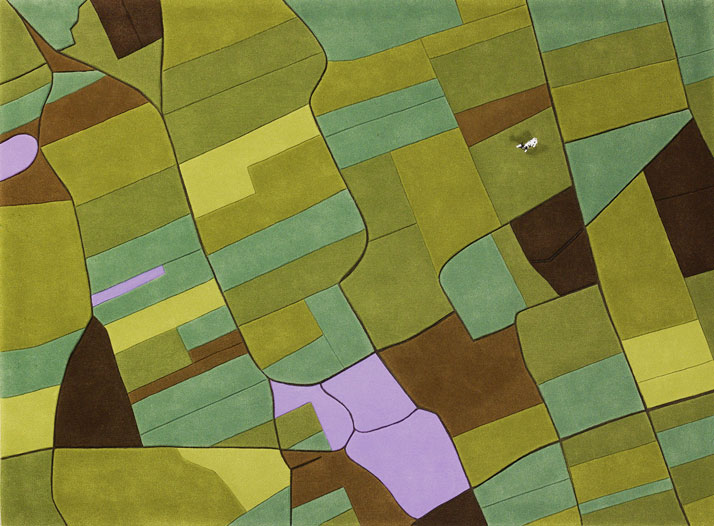
Satellite images turned into… carpet maps
One of the most crazy but somehow inspiring projects I heard about. Austrian artists Florian Pucher (currently based in Shanghai) takes satellite images and uses them as model for a custom-made “Landcarpets”. Originally trained as an architect, the designer began making these carpets back in 2007 in collaboration with graphic designer and business partner Sophia Liu Bo.
To create a carpet they take aerial images and then redraw them, focusing on the typical characteristics of the area the image depicts. They use wool of different thicknesses to represent the lands of selected area to create a sculptural quality that recalls an actual landscape. The effect is wonderful but not cheap. The cost for their pre-made designs like the U.S. and Europe starts from $1,200 up-to $2,100 depending on size but if you’re willing to pay a bit more they’ll make an exclusive rug based on your favorite place.
source: Florian Pusher











